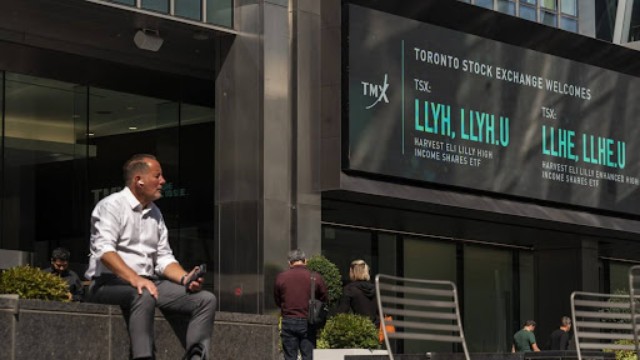
Traders Hesitate to Fully Invest in Stocks as They Consider Alternatives
After an exceptionally turbulent week in the markets, where the S&P 500 experienced its largest one-day drop and quickest rebound since 2022, traders are now hesitant to dive back into stocks with full confidence. Instead, many are turning to options as a more measured approach to navigating the current market uncertainty.
Among the strategies gaining attention are risk reversals and call spreads, which involve buying one option while selling another. These strategies offer a cost-effective way to make directional bets on the market. Notably, bullish calls on the S&P 500 have recently become the most affordable they've been in years relative to bearish puts, according to data from Bloomberg.
The recent surge in options prices, driven by a spike in the Cboe Volatility Index to its highest level in nearly four years, reflects the heightened concern over weak economic data that sent stocks tumbling. While implied volatility has since decreased, it remains significantly higher than it has been over the past 16 months. This elevated volatility, combined with increased demand for hedging, has pushed up the cost of puts, making it more appealing for traders to sell them to fund bets on a market rebound.
Christopher Jacobson, co-head of derivative strategy at Susquehanna International Group, suggests that options could be a smart choice for traders who are wary of further stock losses but don’t want to miss out on a potential recovery. "That's where the risk reversal might come in handy," he explained. Jacobson also highlighted the appeal of call spreads, which offer a low-risk method to gain exposure to a potential market rebound without the downside risk associated with outright stock purchases.
In a bullish risk reversal, traders buy a call option while selling a put, effectively betting on a market rise with limited downside exposure. Call spreads, which involve trading only call options, are another popular strategy. While these approaches offer limited rewards, their lower costs make them attractive, especially since they protect investors from having to buy shares or endure significant losses if stock prices fall. Even cheaper are ratio spreads, where one side of the trade involves more contracts than the other, though these can reduce potential profits and increase risk if prices surge.
Some traders are combining these strategies to optimize their positions. For example, last Thursday, an investor in the VanEck Semiconductor ETF bought December $255/$290 call spreads while simultaneously selling $160 puts. Citigroup recommended call spreads on the same fund for those looking to capitalize on a potential bounce in AI stocks.
Volatility in U.S. stocks has surged after a prolonged period of calm, with the VIX reaching its lowest average level since 2017 earlier this year. In July, unusually high prices for bullish options on the large, tech stocks allowed some investors to hedge by buying longer-dated puts and selling calls.
Market experts expect volatility to remain high due to several upcoming events, including a key U.S. inflation report on August 14, Federal Reserve Chair Jerome Powell's speech at the Jackson Hole symposium on August 23, and Nvidia's earnings report on August 28.















